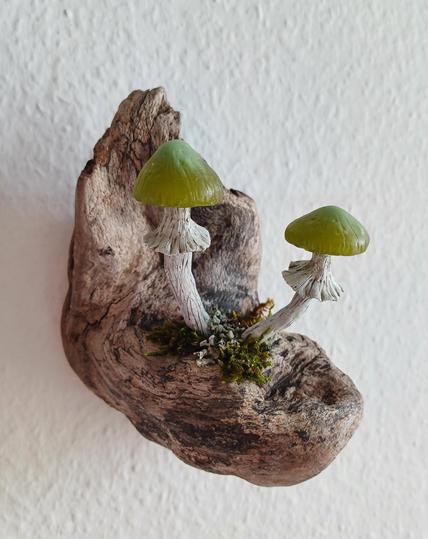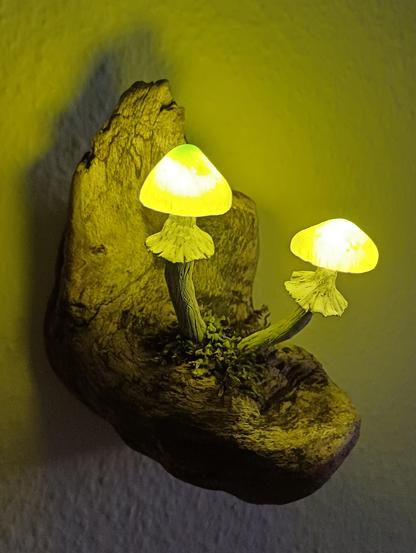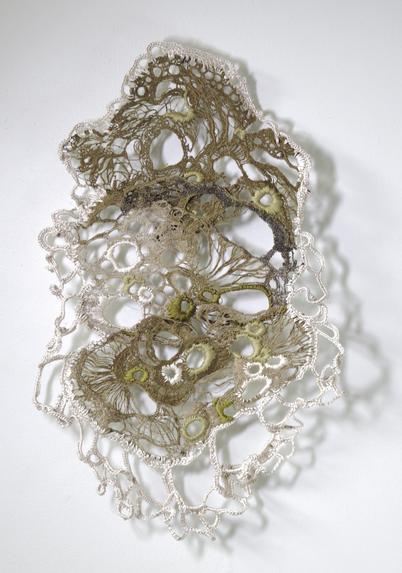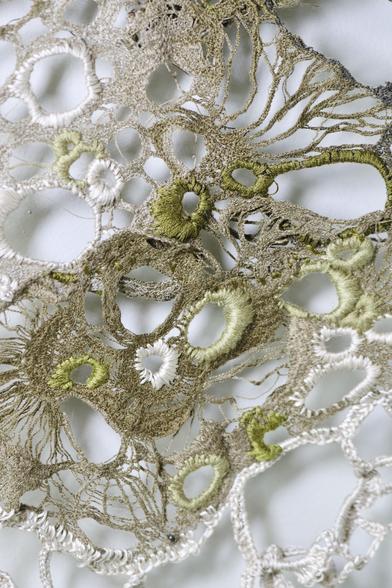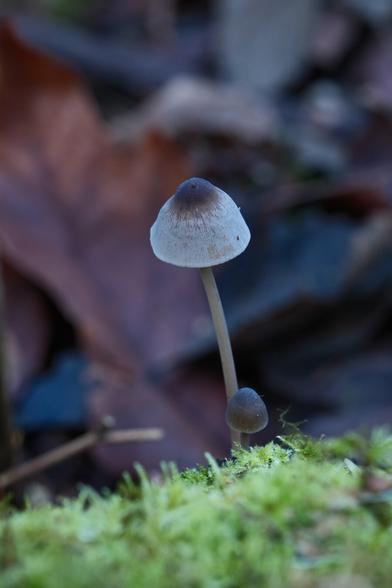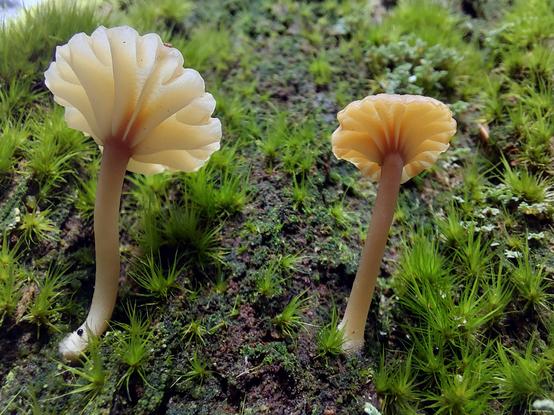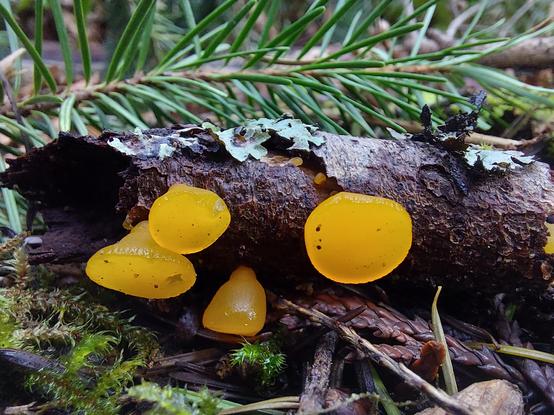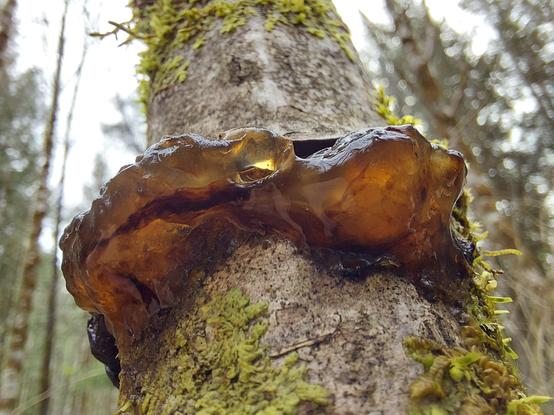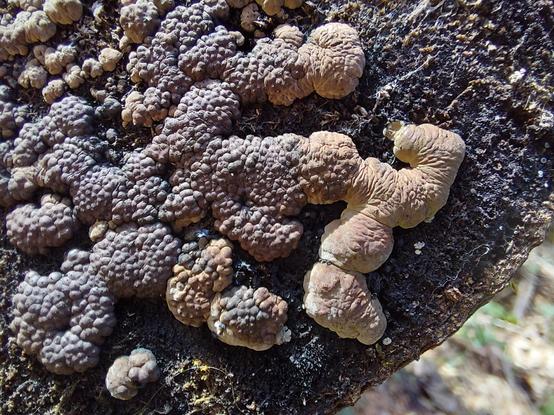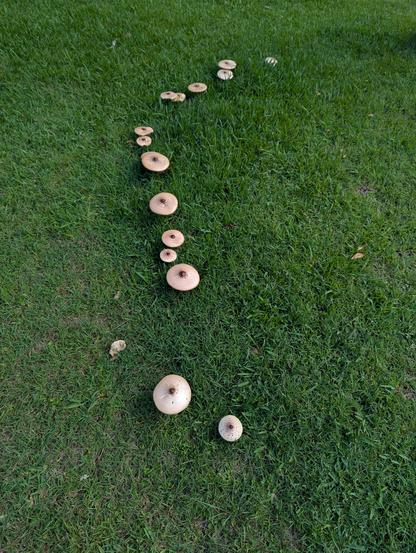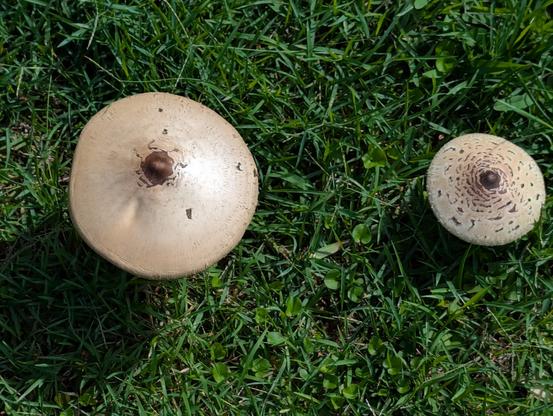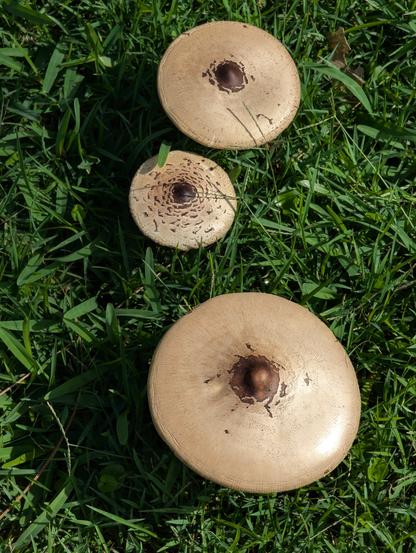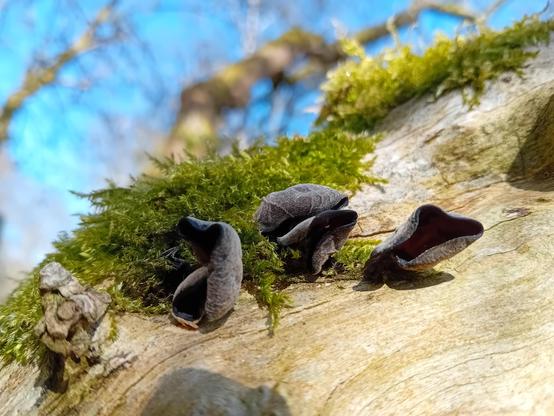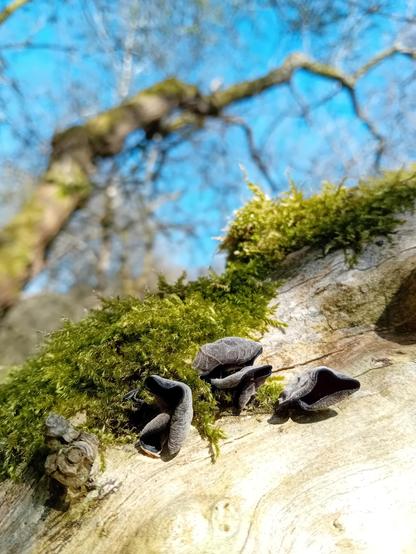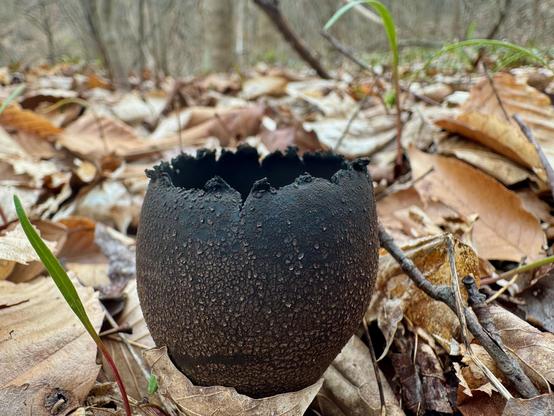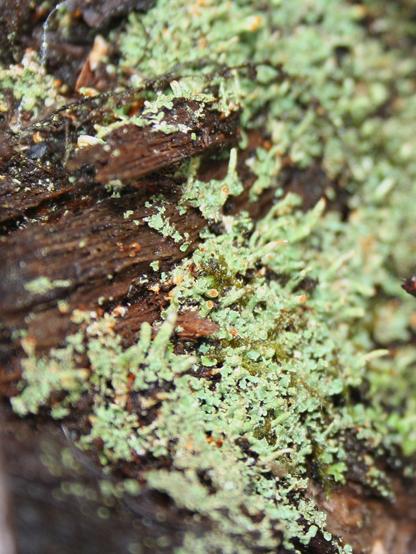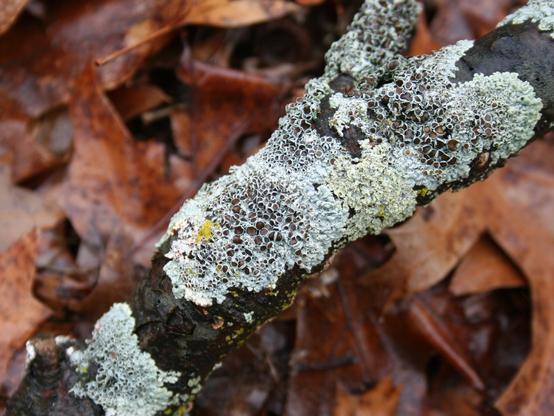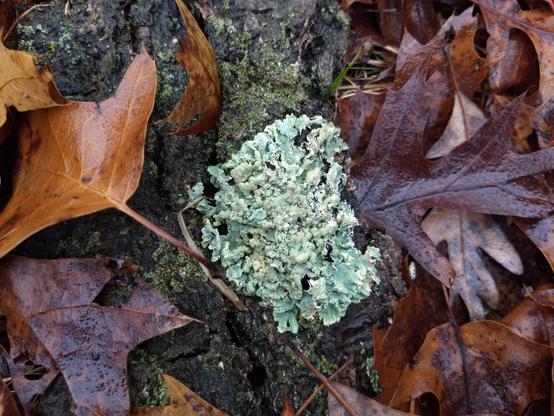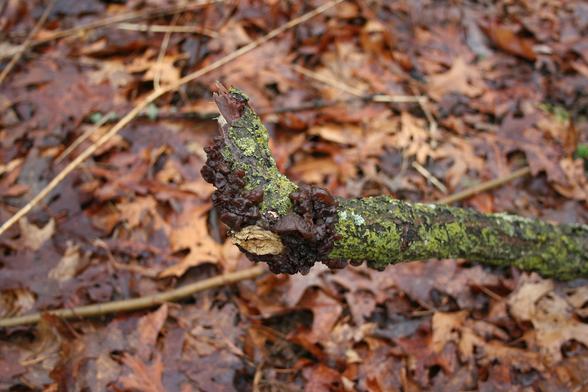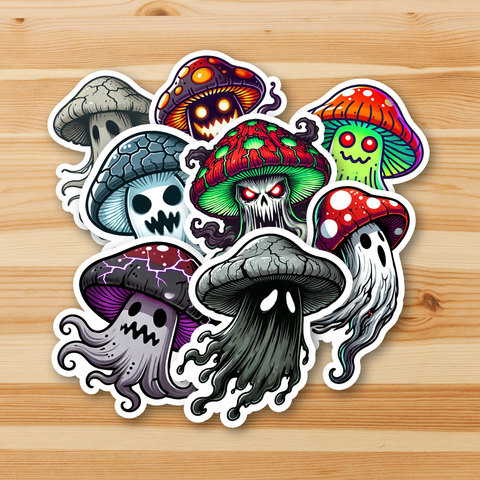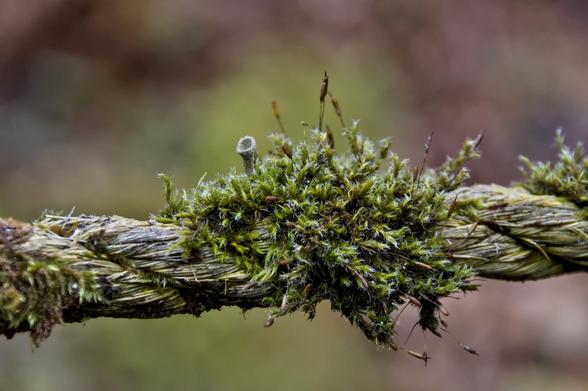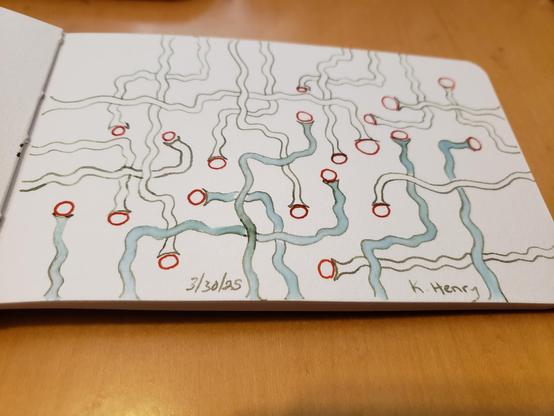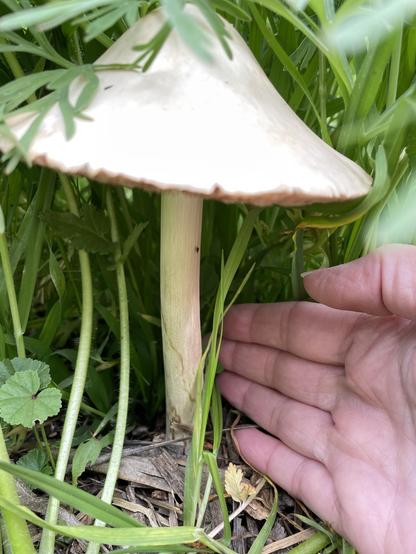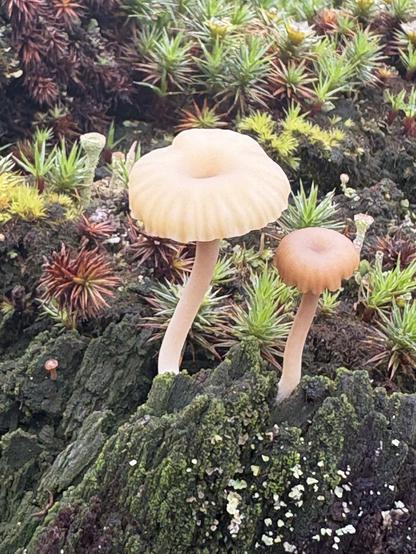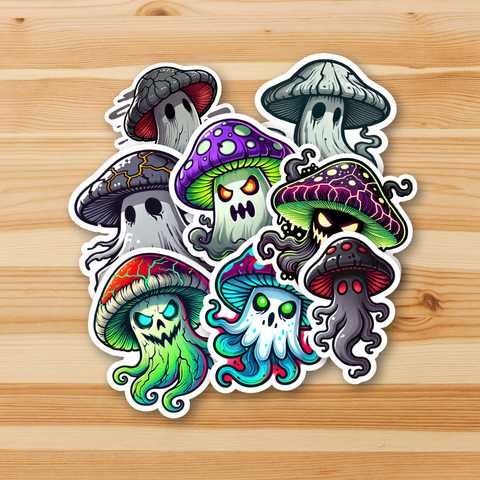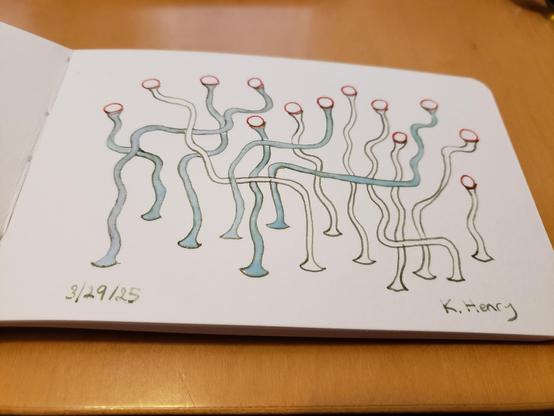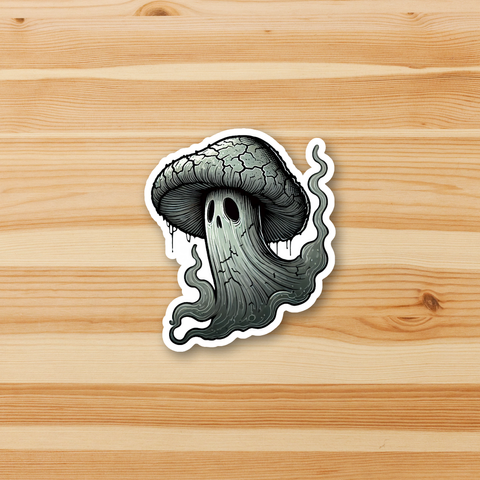Recent searches
Search options
#fungi
#photography #hobbyphotography #amateurphotography #fujifilm #fungi #fungifriday #mushroom #mushrooms #pnw #seattle #naturephotography #frost #frosty
some recent highlights for #FungiFriday
(posted from mobile since on the road, hopefully resolution is decent)
New endangered #FairyLantern plant species discovered in Malaysia https://phys.org/news/2025-03-endangered-fairy-lantern-species-malaysia.html
#Thismia aliasii (Thismiaceae), a #NewSpecies from Terengganu, Peninsular #Malaysia https://phytokeys.pensoft.net/article/136085/
"They are mycoheterotrophic, meaning they do not photosynthesize and instead rely entirely on #fungi for their nutrition. The genus is known for containing species with unusual #flowers that facilitate specialized #pollination mechanisms involving small #insects such as fungus gnats."
Warmer temps sent me on a morel hunt recently, and while I struck out on that front, I did find this neat little devil's urn (Urnula craterium) tucked in the leaf litter. #fungi #mushrooms #athensoh
Sowerbyella rhenana
https://www.mushroomexpert.com/Sowerbyella_rhenana.html
Ecology: Probably mycorrhizal (Tedersoo et al. 2010), growing gregariously or in loose clusters on the ground, usually in conifer woods; summer and fall, or over winter on the West Coast; apparently widely distributed in North America but more common in the west. The illustrated and described collections are from California and Michigan.
Fruiting Body: Cup-shaped, with a stem. Cups 18-25 mm across; upper surface bald, bright orange; under surface bald, pale orange; stem 10-25 x 3-5 mm, whitish to pale orange and downy when young, becoming orange and more or less bald; flesh orangish, not changing when sliced, brittle.
Odor: Not distinctive.
Microscopic Features: Spores 18-22 x 10-12 m; ellipsoid; smooth when immature, becoming ornamented with a thick, coarse reticulation; hyaline and uniguttulate in KOH; orangish golden in Melzer's. Asci 275-300 x 15-20 m; 8-spored; hyaline in KOH; tips inamyloid. Paraphyses exceeding the asci by 5-10 m; 3-6 m wide; cylindric with apices subclavate to clavate (occasionally with slightly irregular swellings), straight or hooked 45-90 degrees; septate; smooth; hyaline in KOH.
REFERENCES: (Fuckel, 1870) J. Moravec, 1986. (Seaver, 1928; Moravec, 1985; Arora, 1986; Moravec, 1988; Barron, 1999; McNeil, 2006; Medel et al., 2006; Yao & Spooner, 2006; Perry et al., 2007; Trudell & Ammirati, 2009; Tedersoo et al., 2010; Desjardin, Wood & Stevens, 2015; Siegel & Schwarz, 2016; Læssøe & Petersen, 2019.) Herb. Kuo 09281904.
Trametes gibbosa
https://www.mushroomexpert.com/Trametes_gibbosa.html
Ecology: Saprobic on the deadwood of hardwoods; annual; causing a white rot of the sapwood; growing alone or gregariously on logs and stumps; spring through fall; originally described from Europe (Persoon 1795); widely distributed in Eurasia; in North America distributed from the Great Plains eastward, and in the Pacific Northwest. The illustrated and described collections are from Illinois, Michigan, North Carolina, and Ohio.
Cap: 4-20 cm across; 2.5-9 cm deep; 1.5-5 cm thick; semicircular or kidney-shaped; convex to planoconvex; dry; vaguely or distinctly zoned with tomentose and bald zones; whitish to grayish or brownish (sometimes green in places due to algae); lumpy; the margin often yellowish to brownish or brown when fresh.
Pore Surface: White to pale brownish; usually featuring slot-like pores (1-2 per mm) with thick pore walls, but occasionally with maze-like pores; tubes 2-15 mm deep; bruising yellow to pinkish or brownish—or not bruising.
Stem: Absent, or present as a prominent bump at the point of attachment to the substrate or, less often, as a stubby lateral structure with a surface like that of the cap.
Flesh: White; very tough and leathery; not changing when sliced.
Odor and Taste: Odor usually strong and fragrant when fresh, but sometimes not distinctive; taste slightly bitter, or not distinctive.
Chemical Reactions: KOH yellow to orange on flesh.
Spore Print: Whitish to faintly yellowish.
Microscopic Features: Spores 4-5 x 1.5-2.5 m; cylindric to long-ellipsoid; smooth; hyaline in KOH; inamyloid. Cystidia not found. Setae not found. Hyphal system trimitic: generative hyphae 2.5-5 m wide, thin-walled, with clamp connections; skeletal hyphae 5-7.5 m wide, thick-walled, aseptate; binding hyphae 2.5-5 m wide, thick-walled, aseptate, branching frequently.
I knew it would be a good day for #LichenSubscribe and it was! These are all fancy camera except the third, which is my phone camera.
Ethereal. Enchanted. Eerie.
Our ghost mushroom sticker set adds spectral charm to your everyday magic. For those who thrive in twilight.
Whether you’re a collector of curiosities or a lover of the liminal, these mushrooms will feel right at home in your collection.
https://curiousgoblin.etsy.com/listing/1835181728/mushroom-ghost-stickers
More play with this evolving pattern for today's drawing.
Here's an in-progress shot.
https://www.patreon.com/posts/123418451 https://ko-fi.com/Post/InkyDays-March-2025-N4N51BCM70
Not much in the way of spring mushrooms in my area but I did spot a couple showy Lichenomphalia and a shy pixie cup in the background. #fungi #mushtodon #yyj #victoriabc
Hygrocybe glutinipes
https://www.mushroomexpert.com/Hygrocybe_glutinipes.html
Ecology: Precise ecological role uncertain (see Lodge and collaborators, 2013); appearing in woods, often on mossy ridgetops; growing scattered or gregariously; spring; North American distribution uncertain. The illustrated and described collections are from Illinois.
Cap: 5-30 mm across; convex, bell shaped, or nearly hemispheric, becoming broadly convex, broadly bell shaped, or nearly flat; slimy; bald; bright orange to bright reddish orange, fading to paler orange; the margin sometimes faintly lined.
Gills: Narrowly to broadly attached to the stem; close or nearly distant; orange or pale pastel orange; short-gills frequent.
Stem: 20-40 mm long; 2-6 mm thick; equal; slimy; bald; colored like the cap, or paler.
Flesh: Colored like the cap, or paler; thin.
Odor and Taste: Not distinctive.
Chemical Reactions: KOH on cap erasing orange pigment.
Spore Print: White.
Microscopic Features: Spores 6-9 x 3.5-5 ; smooth; ellipsoid; hyaline and uniguttulate in KOH; inamyloid. Basidia to 45 long; 4-sterigmate. Hymenial cystidia absent. Gill tissue parallel. Pileipellis an ixotrichoderm of elements 2-4 wide.
A ghost story in every cap.
Bring forest folklore to life with our ghost mushroom sticker set—designed for dreamers, witches, and late-night journalers.
Each sticker glows like a memory you’re not sure you made—strange, soft, and oddly comforting.
https://curiousgoblin.etsy.com/listing/1835181728/mushroom-ghost-stickers
For today's #inkyDays drawing, I took yesterday's pattern and took it in a more complicated direction. I also finished this piece I've been working on.
Here's an in-progress shot.
https://www.patreon.com/posts/123418451 https://ko-fi.com/Post/InkyDays-March-2025-N4N51BCM70
Haunted botanicals await.
These ghost mushroom stickers glow with quiet mystery—perfect for those who love the soft side of spooky.
They’re not scary—they’re spellbound. Add them to your forest diary, cozy horror reads, or moonlit scrap pages.
https://curiousgoblin.etsy.com/listing/1835181728/mushroom-ghost-stickers


